Impacts and Applications of
|  |
Changes in the cryosphere have major impacts on health, water supply, agriculture, transportation, freshwater ecosystems, hydropower production, and cryosphere-related hazards such as the floods, droughts, avalanches, and sea-level rise. Click on a topic below for more information.
Sea Level Rise and Coastal Impacts
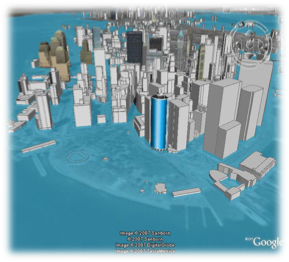
Sea level rise is a major concern for coastal regions, especially heavily populated zones, and is critical for a number of small island nations. Although the volume equivalent of glaciers in terms of global sea level rise is small (0.5 m) compared to that of the ice sheets of Greenland (7 m) and Antarctica (about 70 m), their relative contribution to recent global sea level rise has been much larger. Melting of glaciers and ice caps in the second half of the 20th century led to about a 2.5 cm rise in sea level, in contrast to the loss of ice from the Greenland and Antarctic ice sheets which added about 1 cm to sea level.
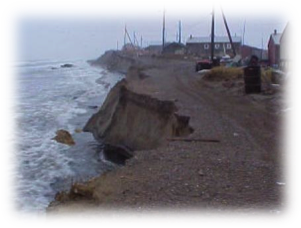
Wave-induced undercutting of permafrost leads to coastal erosion by the action of waves and currents. Reduction of the sea ice cover, and especially of the fast ice, corresponds to increased fetch of waves allowing them to grow and become more destructive as they approach the coast. Shortened periods of seasonal ice-cover, and later development of the fast ice and its earlier break up, expose coastlines to more severe storms that occur during transition seasons. Local coastal losses to erosion of the order of 100 feet per year have been observed in some locations in both Siberia and Canada.
Transportation
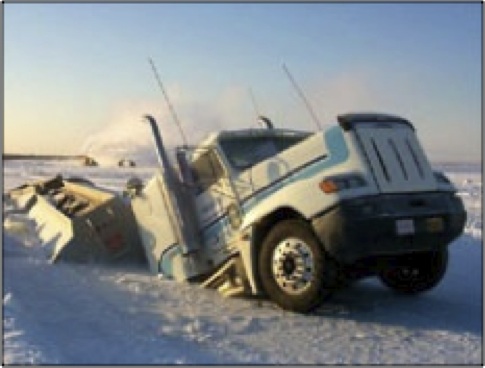
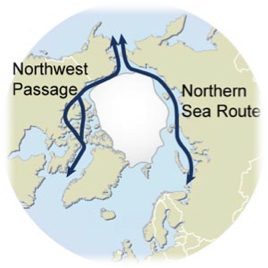
Transportation is affected by changes in snow cover, fresh-water and sea ice extent and thickness, and the degradation of permafrost. Persistent reductions in Arctic multi-year sea ice cover would benefit marine transportation and related socio-economic developments, but presents a risk for marine ecosystems. Snowfall frequency and magnitude directly affect road and rail traffic and aircraft operations. River and lake-ice provide winter roads for access to remote areas. Thawing of permafrost may lead to the degradation of roads and railroads.
Infrastructure

The design of buildings and infrastructure in cold climates must consider the presence of permafrost and seasonally frozen ground. Knowledge of thermal and ground ice conditions is critical for land use planning and engineering design in permafrost regions. The development of oil and gas deposits in ice-covered seas and shelves depends on the ice regime and the presence of icebergs, which together determine the economic feasibility of exploration and production projects.
Wave-induced undercutting of permafrost leads to coastal erosion by the action of waves and currents. Reduction of the sea ice cover, and especially of the fast ice, corresponds to increased fetch of waves allowing them to grow and become more destructive as they approach the coast. Shortened periods of seasonal ice-cover, and later development of the fast ice and its earlier break up, expose coastlines to more severe storms that occur during transition seasons. Local coastal losses to erosion of the order of 100 feet per year have been observed in some locations in both Siberia and Canada.
Weather and Climate Prediction
Snow and ice data are required for weather and climate research and in many types of practical applications such as engineering, services to society, and various types of land- and marine-related resource management. Solid precipitation, snow cover, snow water equivalent, snowstorms, icing, and river-, lake-, soil-, and sea ice freeze-up and break-up times are components of weather forecasting in cold climate regions. The performance of numerical weather forecasts strongly depends on the accuracy of initial conditions for predictive models. Ice services provide forecasts for navigation and offshore activities. Cryospheric data play a critical role in climate reanalyses, as input to the assimilation systems and for verification of model fields.
Snow and ice data can have significant impacts on weather and climate model predictions. Models benefit from better specification of the surface type and properties, from snow and sea ice data assimilation, and from improvements in cryosphere-atmosphere coupling. Regarding surface specification, the figure below (left) shows the glacier mask over Iceland that was used by the European Centre for Medium-Range Weather Forecasts (ECMWF) until the Icelandic Met Office (IMO) reported a cold temperature bias. Adding a 1 km glacier map (middle) improved the ECMWF glacier map significantly (right).

Regarding the assimilation of snow and ice data, one example is the use of a satellite-based snow cover product, the Interactive Multisensor Snow and Ice Mapping System (IMS). ECMWF tests show that the assimilation of IMS snow cover significantly reduces the error in forecasts (see below).
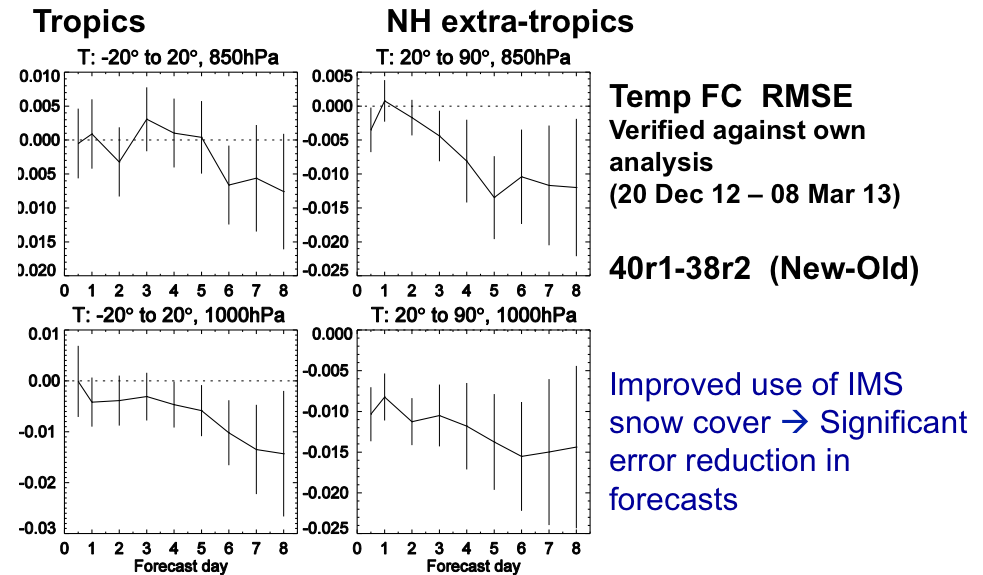
Cryosphere data are also used to verify model forecasts. This can lead to improved model paramaterizations and extended predictability.
Climate Change Detection
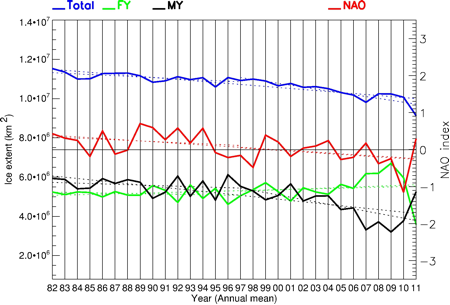
Both in situ cryospheric data and many satellite products are multi-decadal and can therefore be used to detect changes in climate. Even more robust is the combination of model, in-situ, and satellite products in climate reanalyses to characterize climate. Such integrated products permit the analysis of recurrent patterns and trends that would be otherwise impossible to detect from a single observational source.
Water Supply

The amount of snow and the rate of snowmelt can govern the timing and characteristics of runoff. For example, as much as 75% of water supplies in the western United States come from snowmelt, and most central Asian countries/regions rely on meltwater for agriculture and industry. Some countries rely on snowmelt forecasts to predict river runoff, determine flood potential, and to provide flood alerts. Changes in the cryosphere affect hydropower operations in alpine and continental regions. Mountain glaciers are also an important water resource for many communities and they play a vital role in local hydrological cycles.
Wildlife, Recreation, Hazards, Other
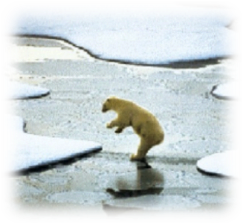
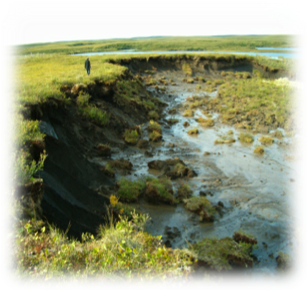
Other sectors such as wildlife, recreation (e.g., skiing, snowmobiling, ice fishing), and tourism are significantly affected by short-term and long-term changes in snow and ice conditions. The insurance industry is affected by increasing risks associated with a changing cryosphere. Cryosphere-related hazards include avalanches, catastrophic spring floods from the rapid melting of snow, the high variability of lake break-up and freeze-up dates that impact transportation, infrastructure damage from thawing permafrost, and icebergs in shipping lanes.



